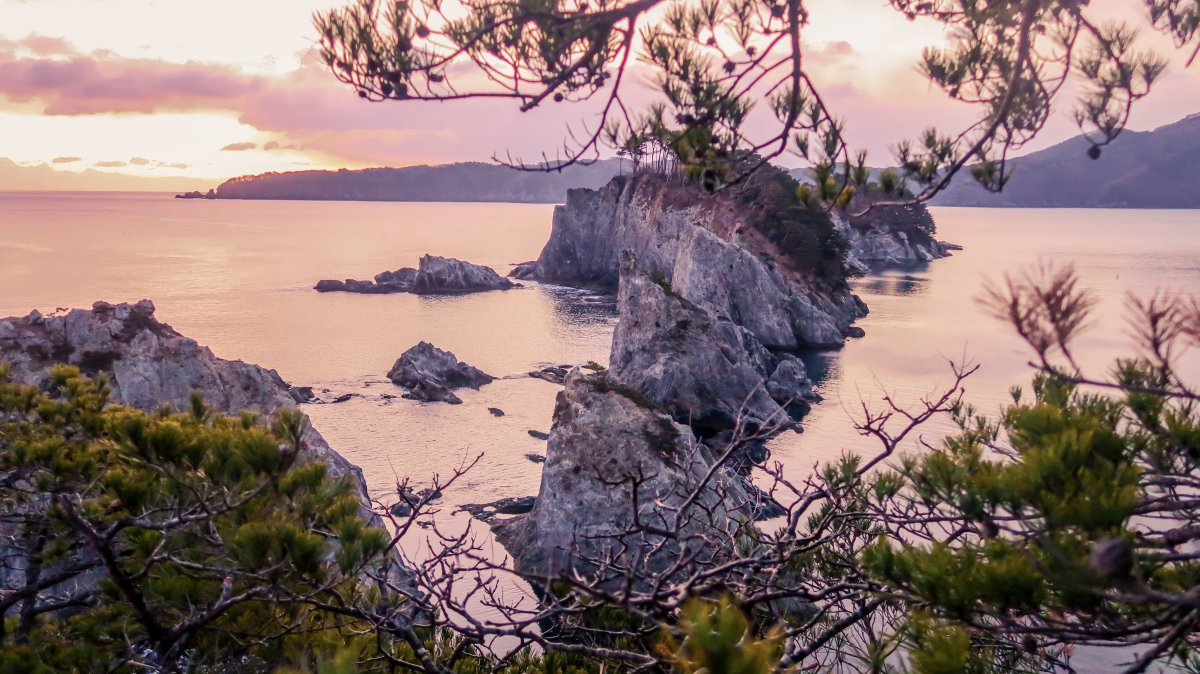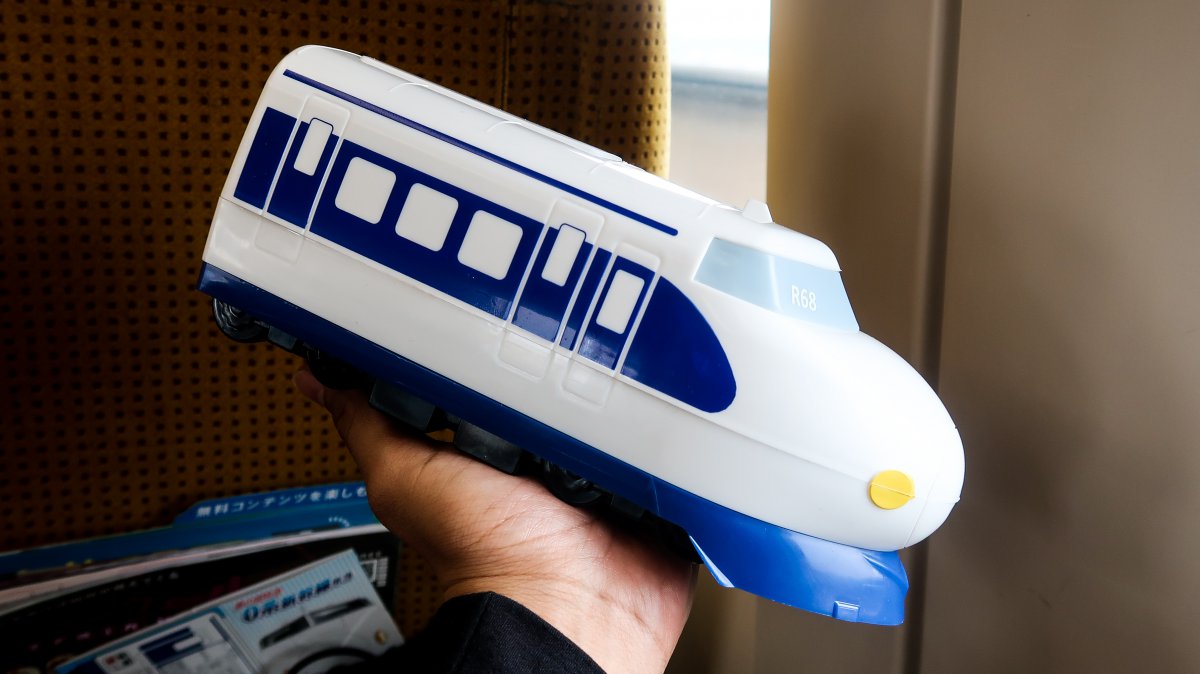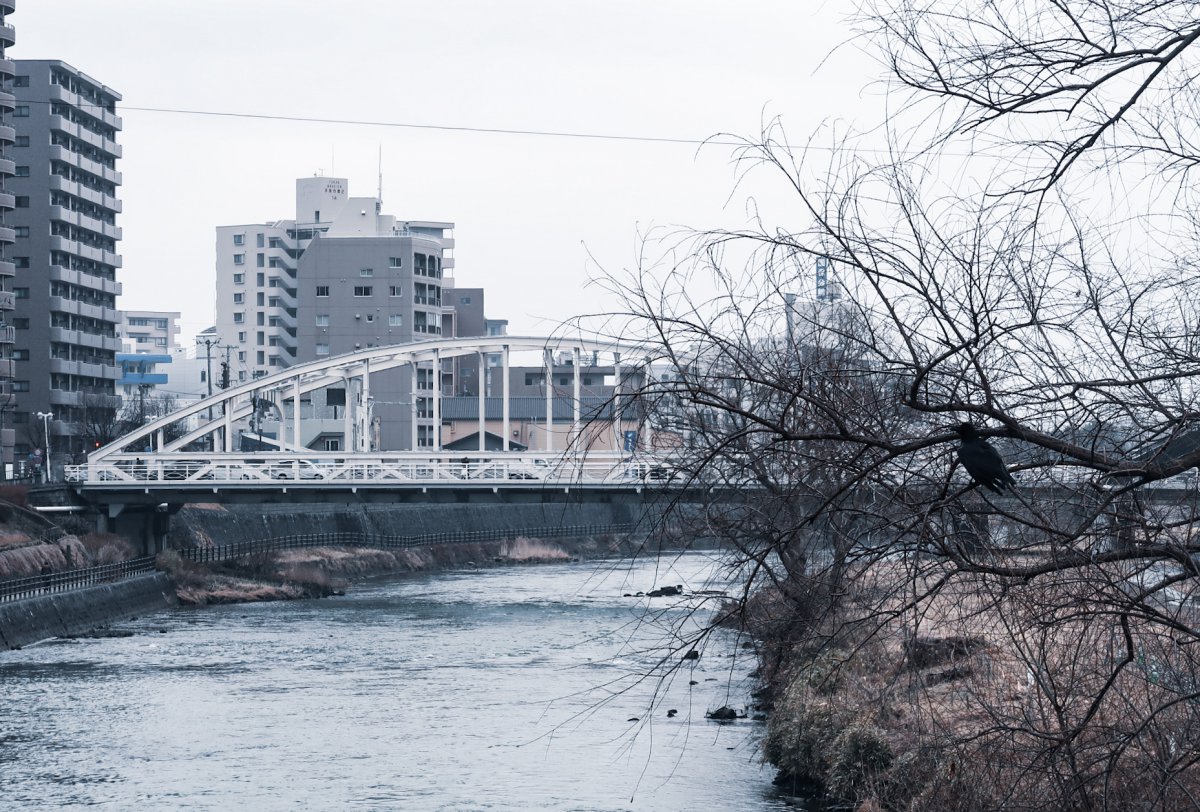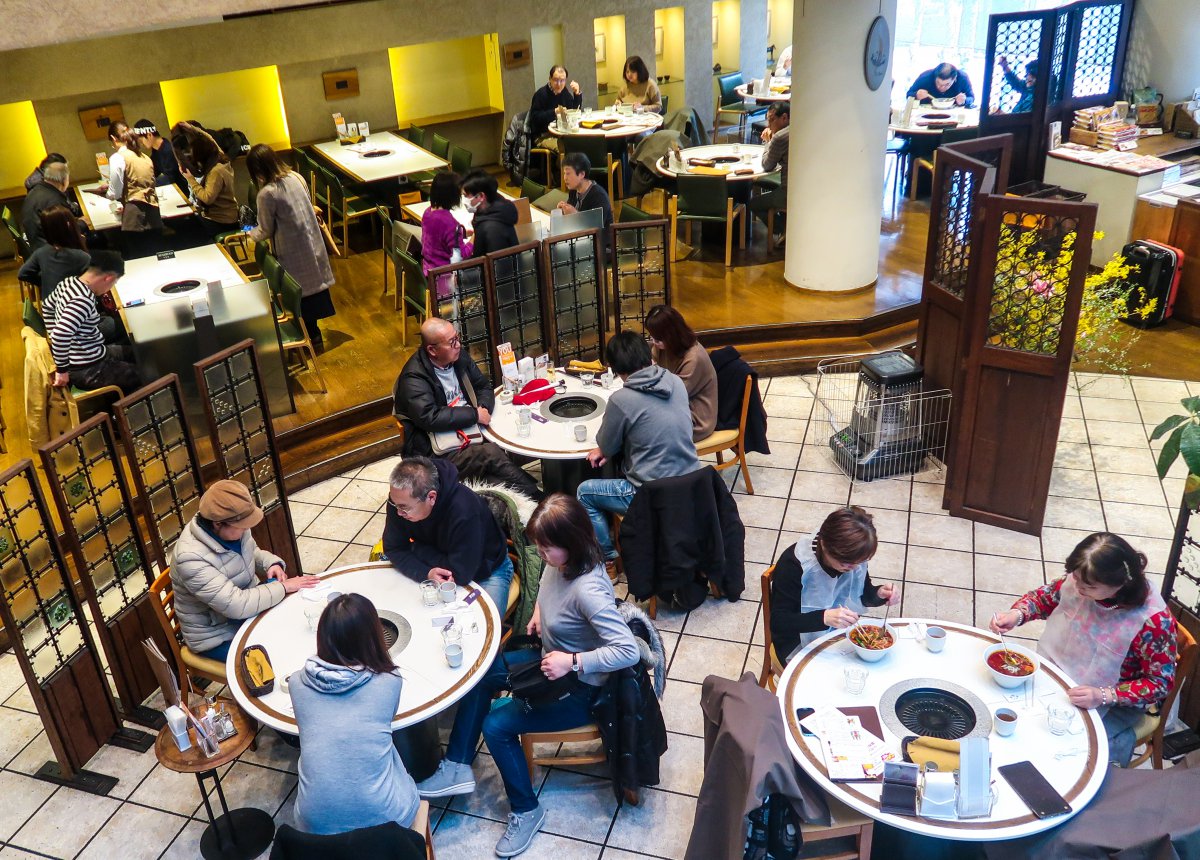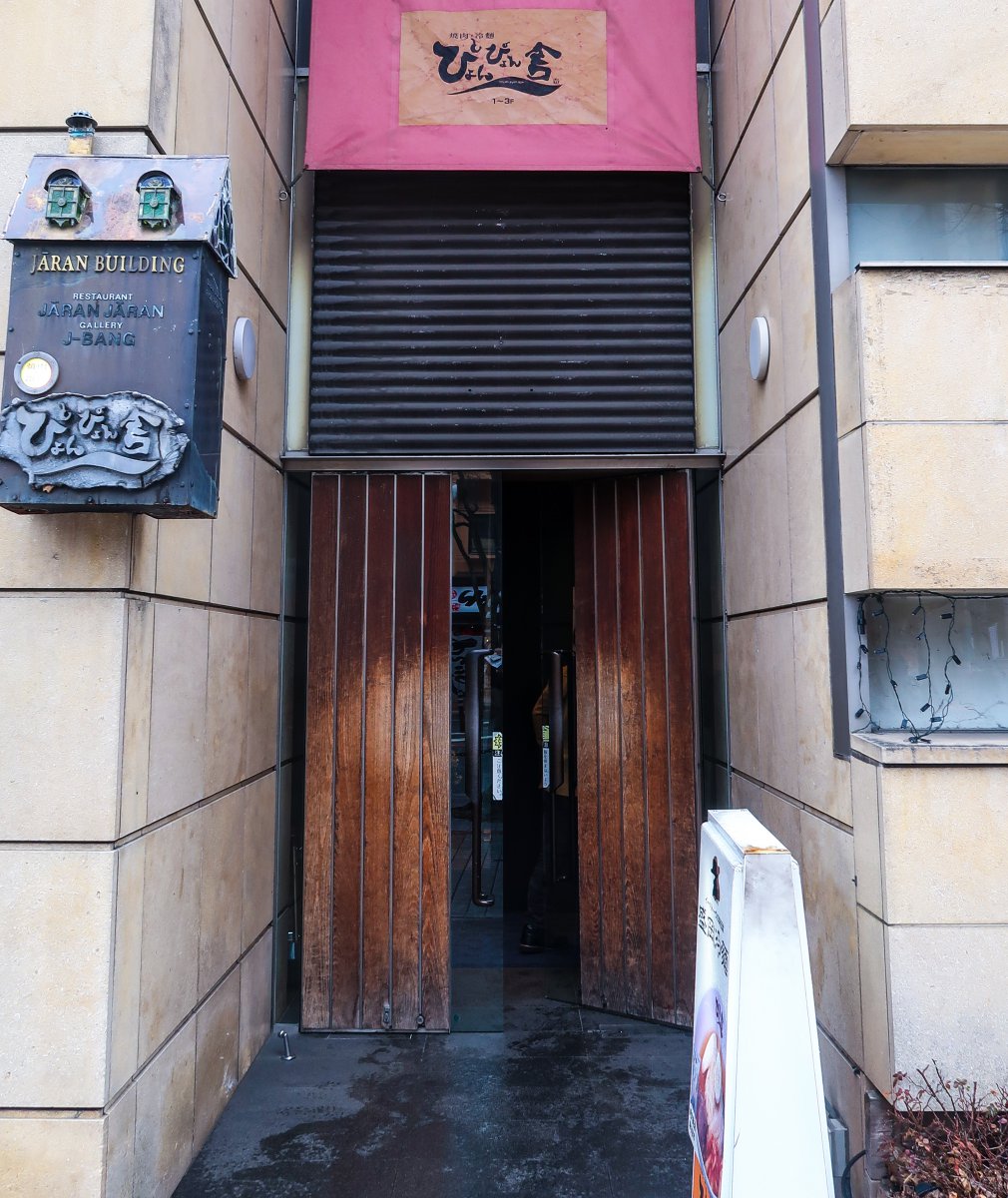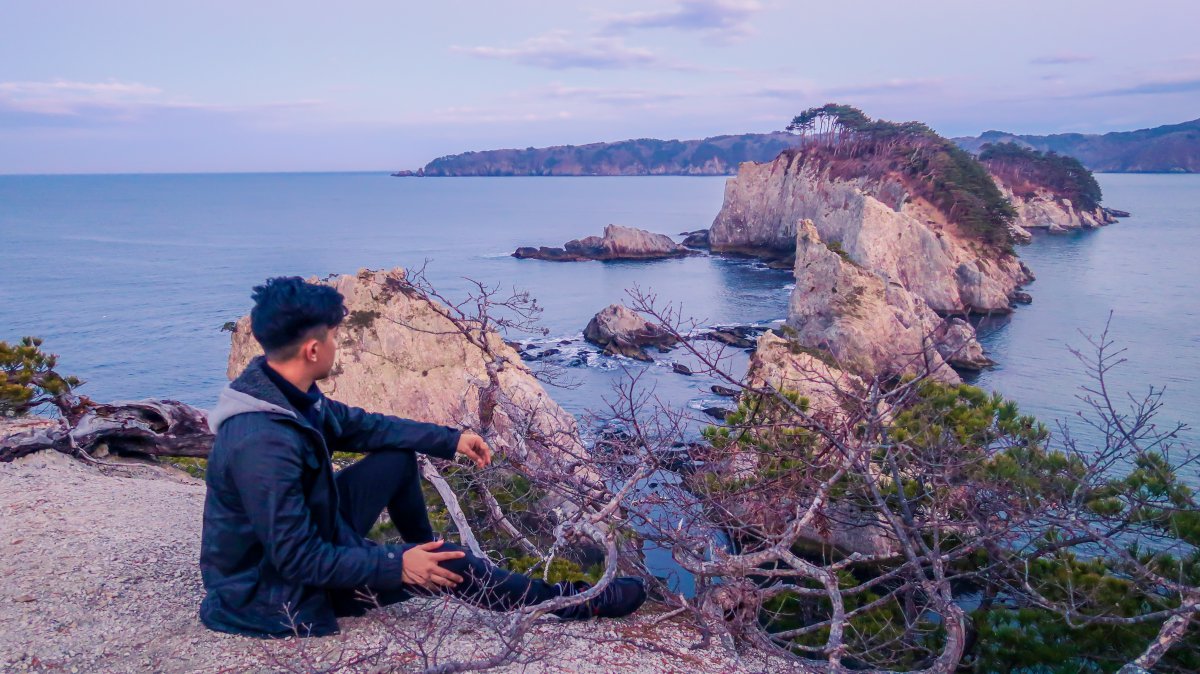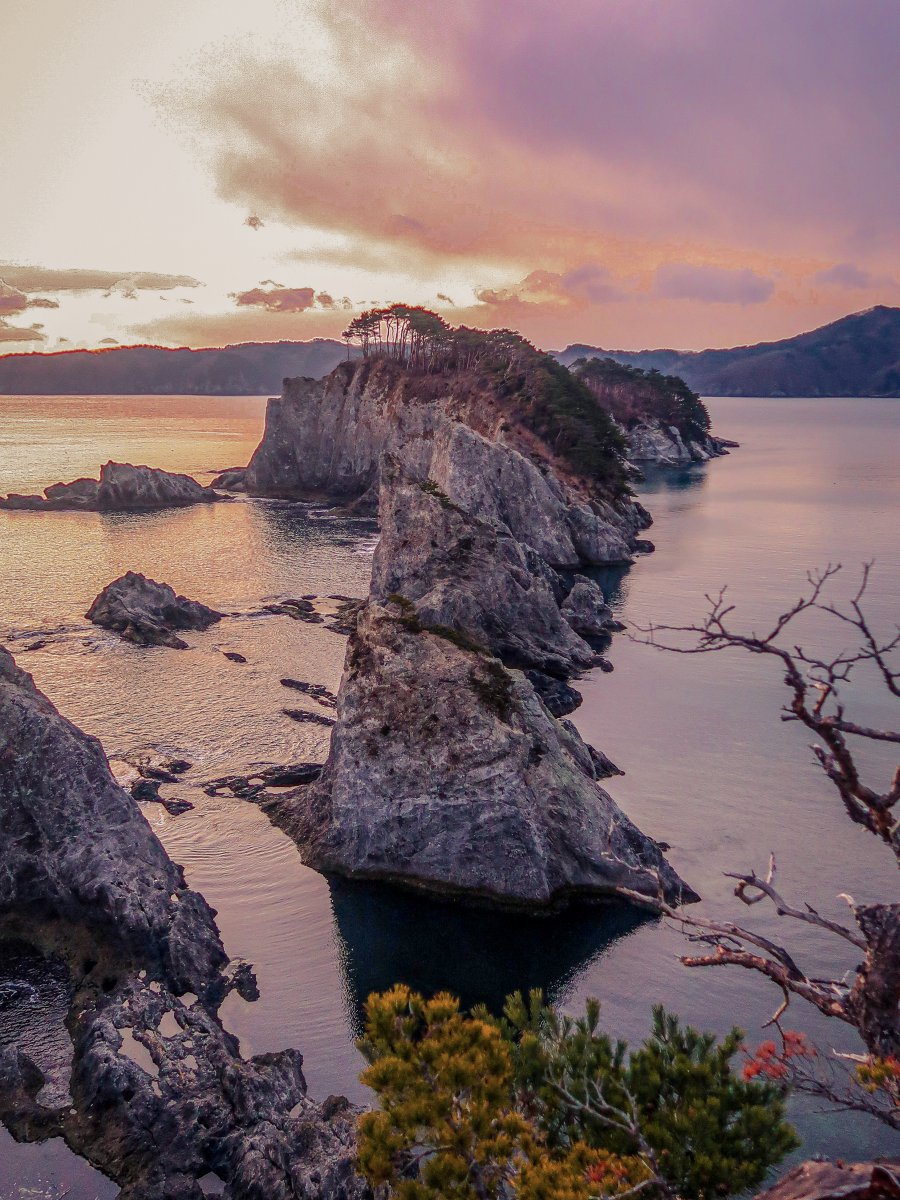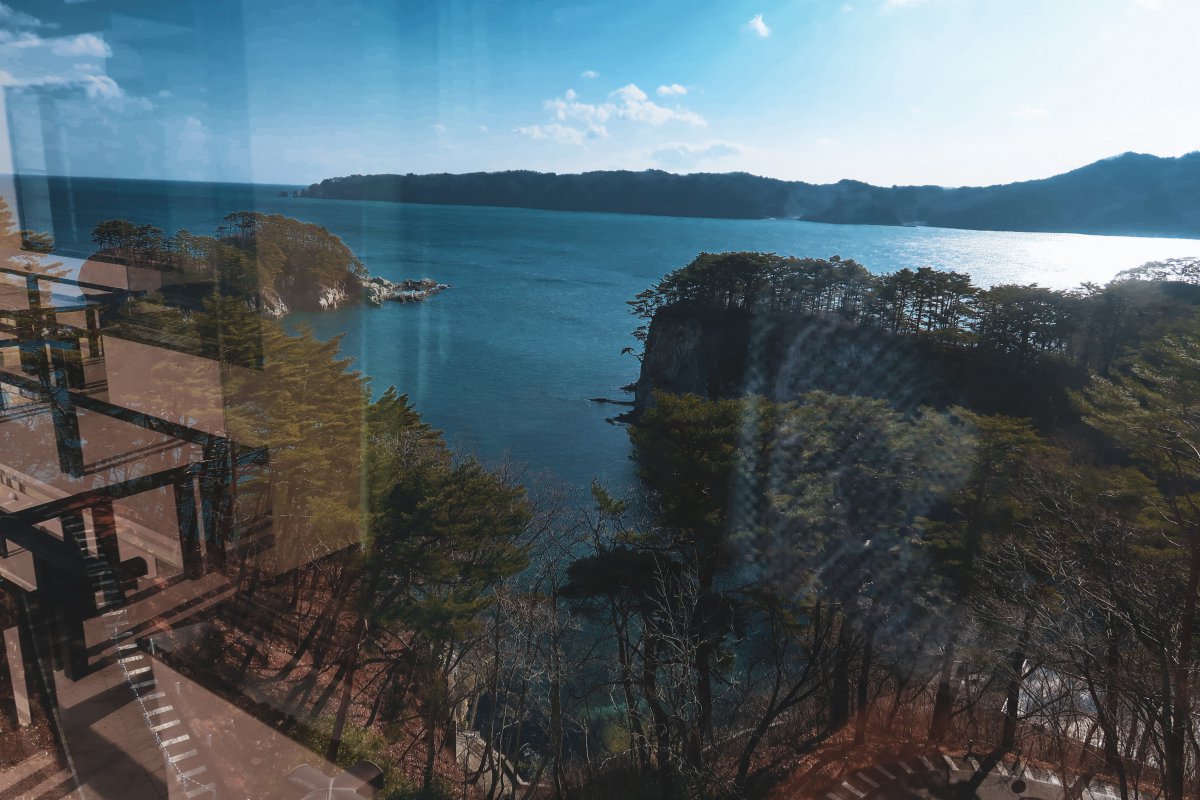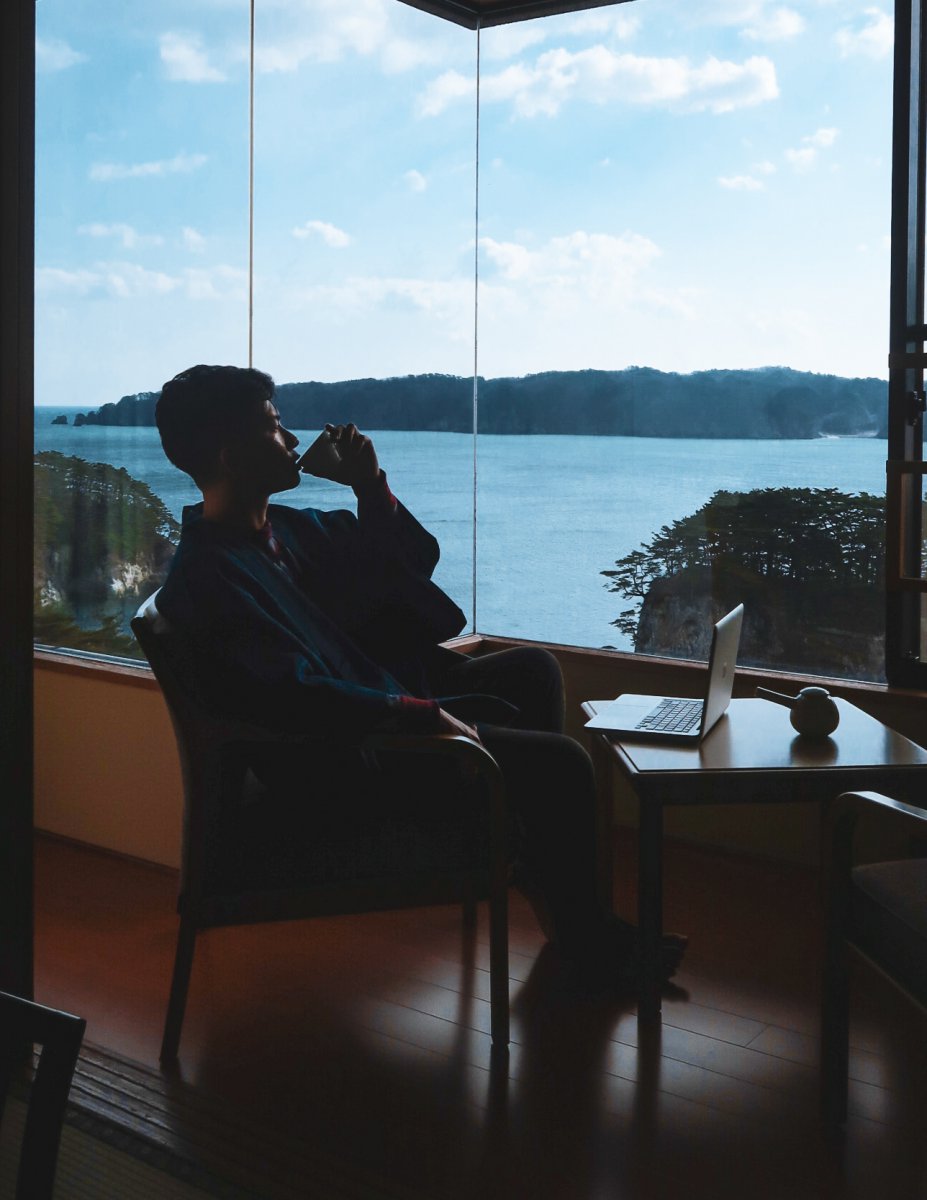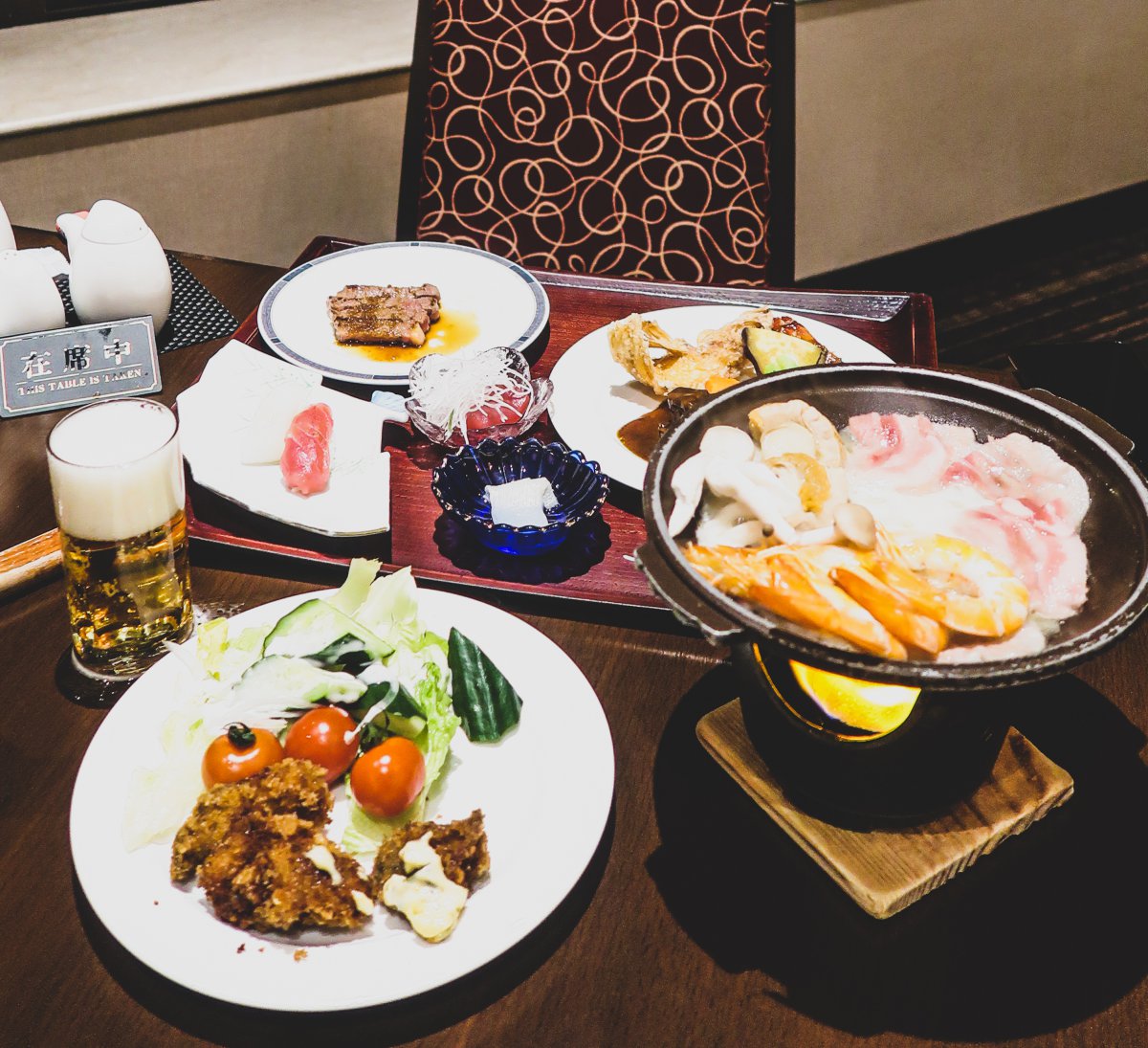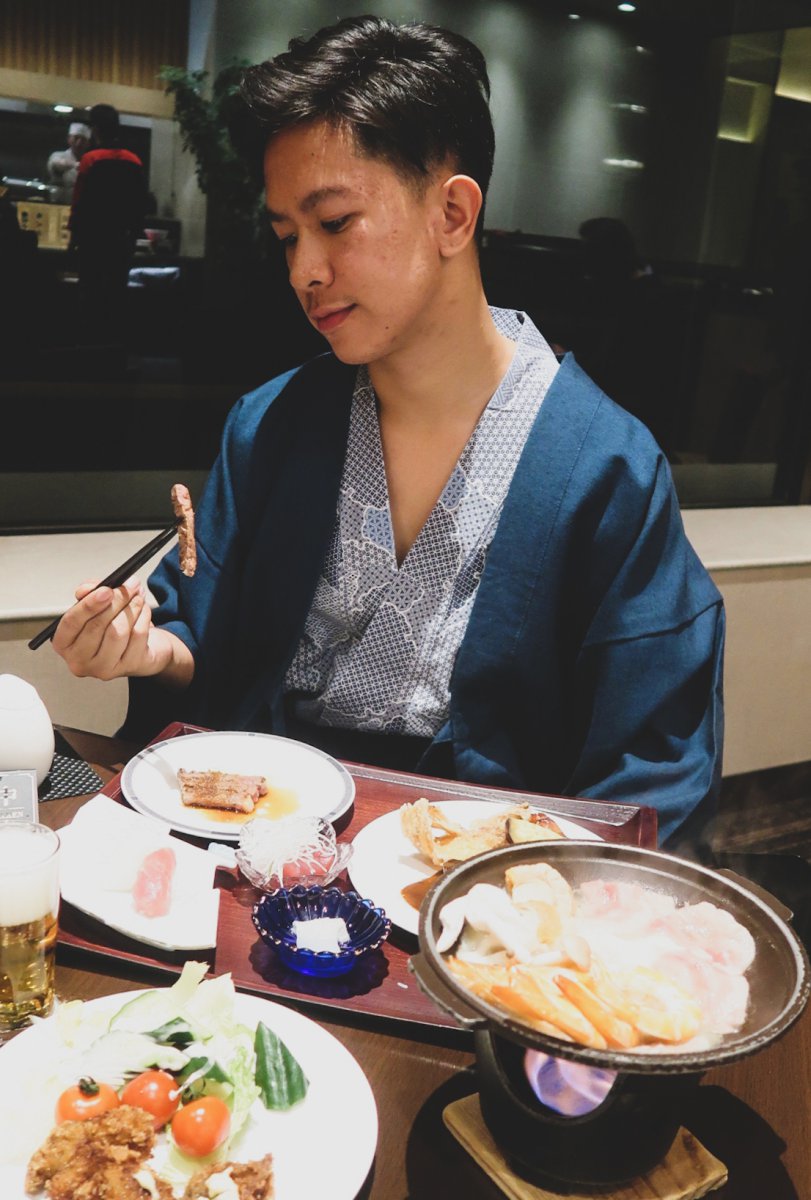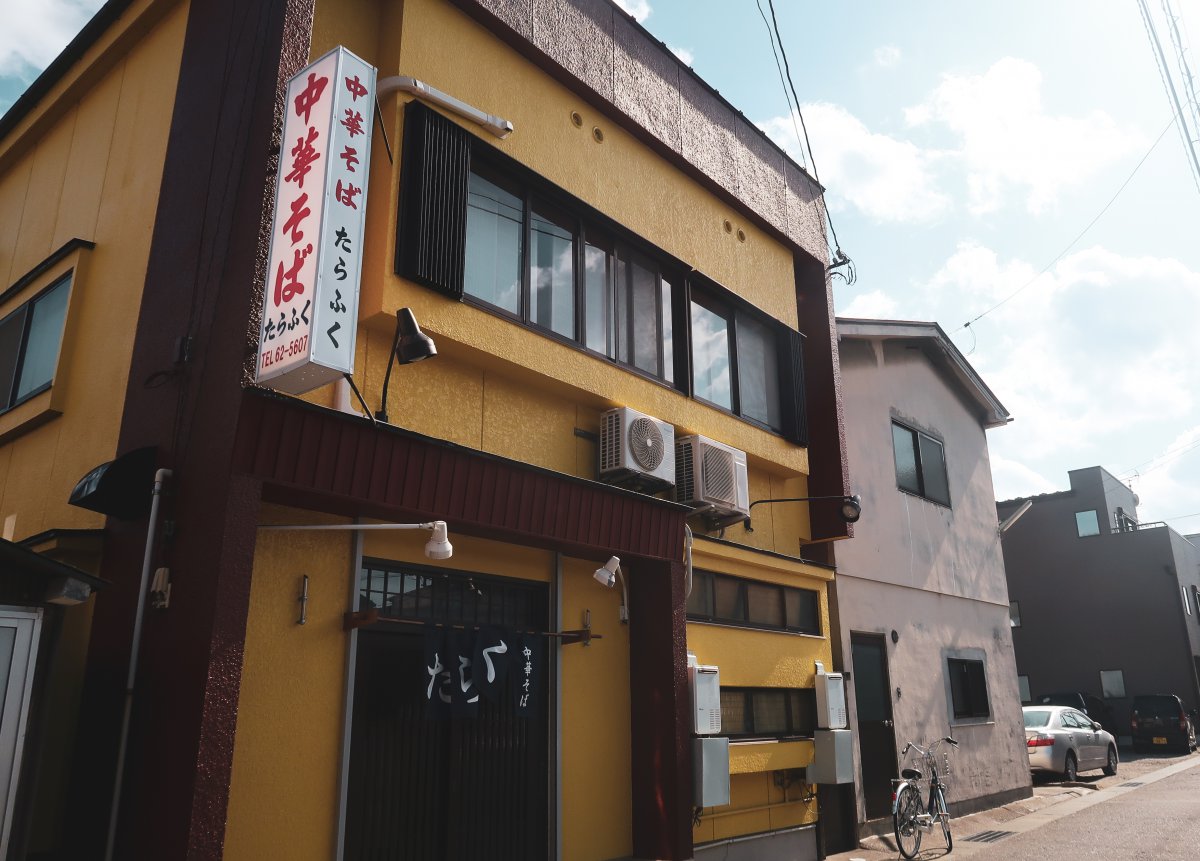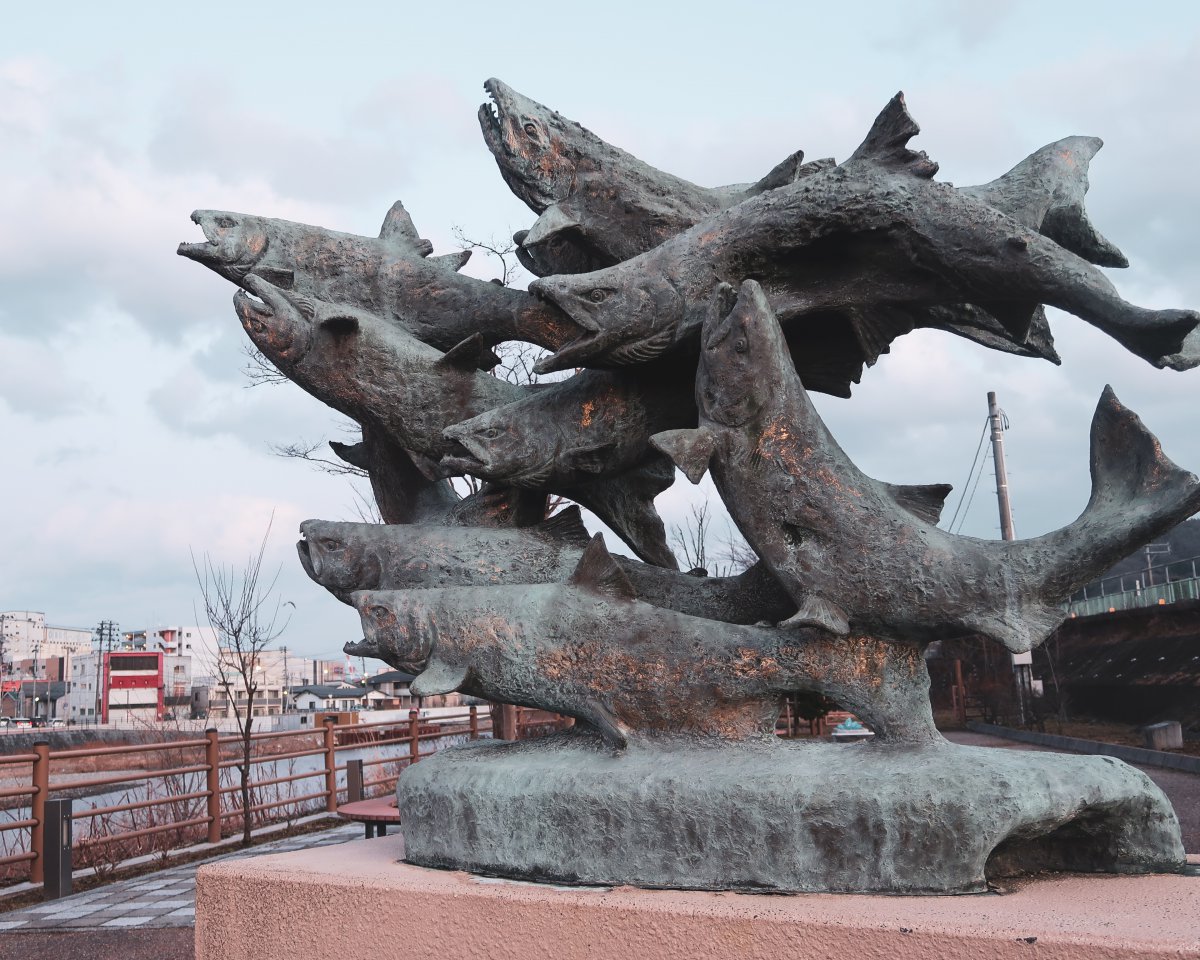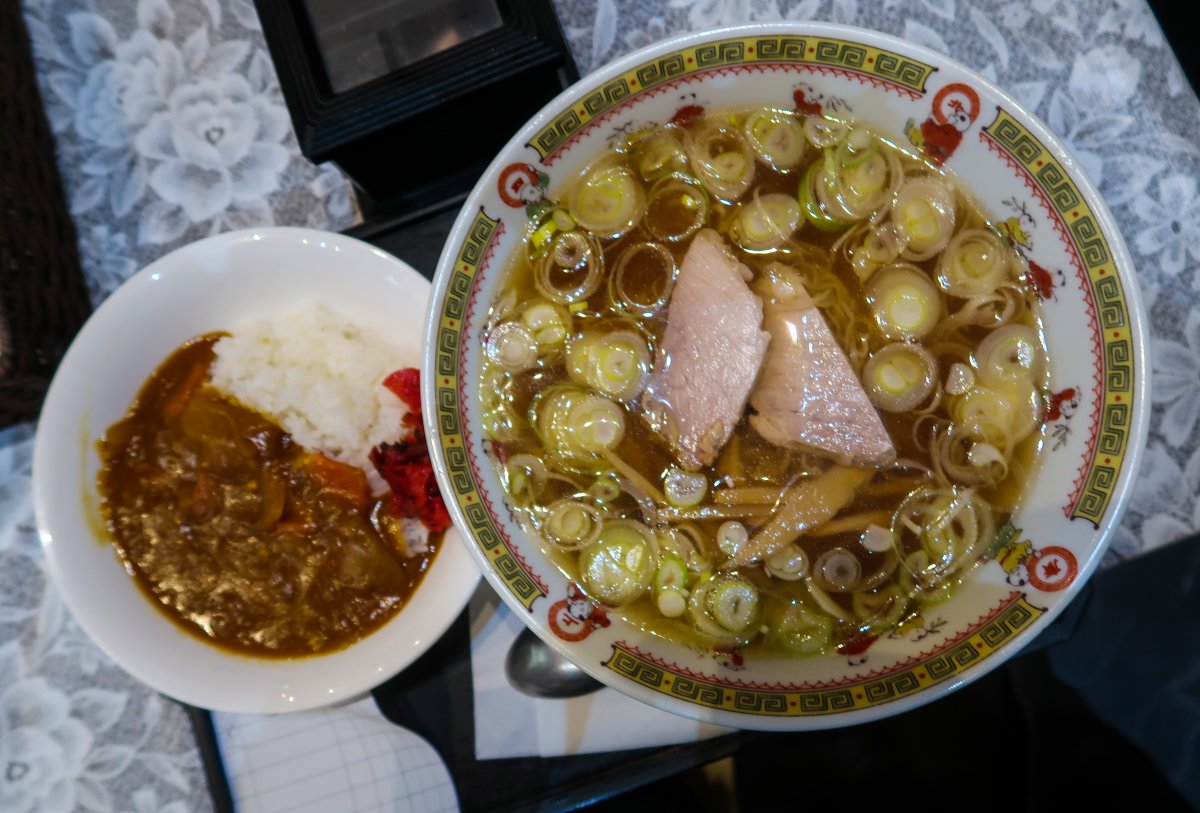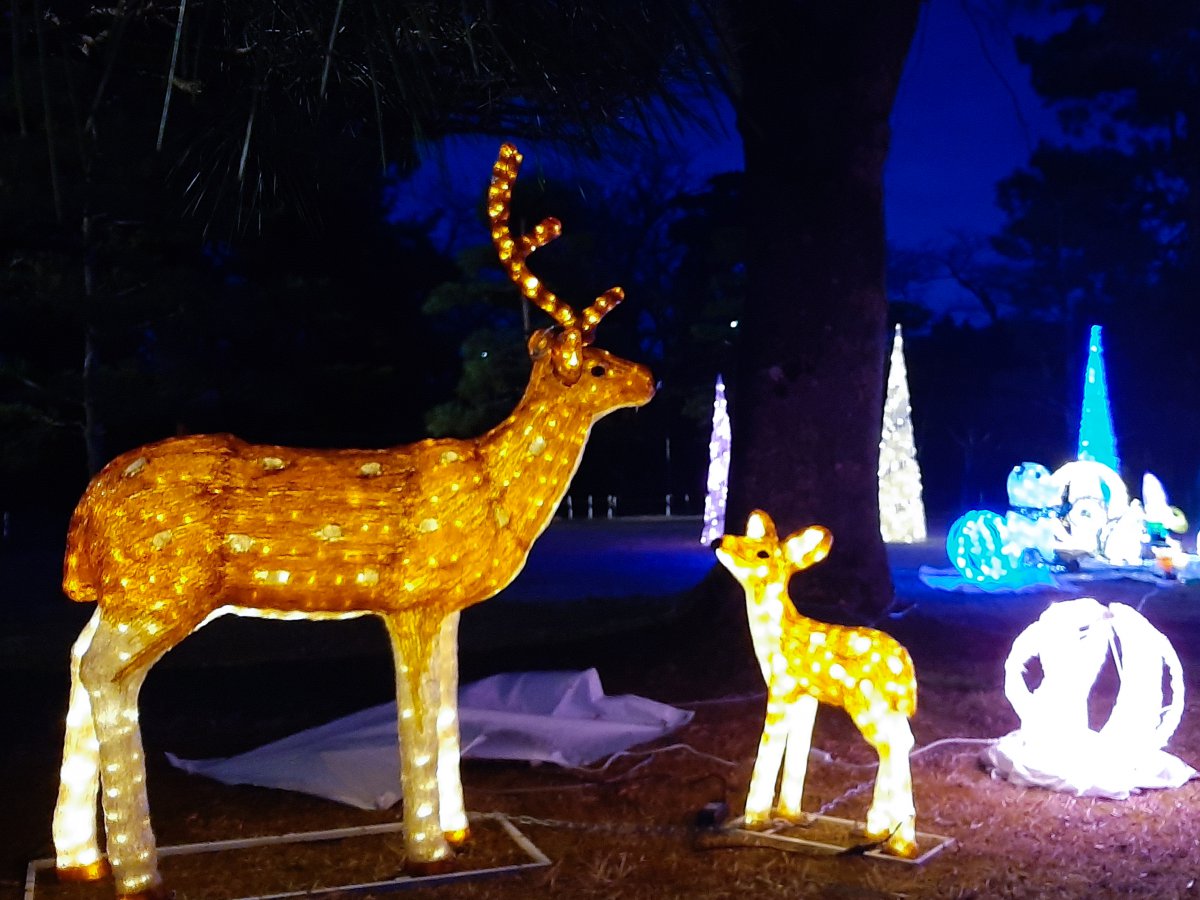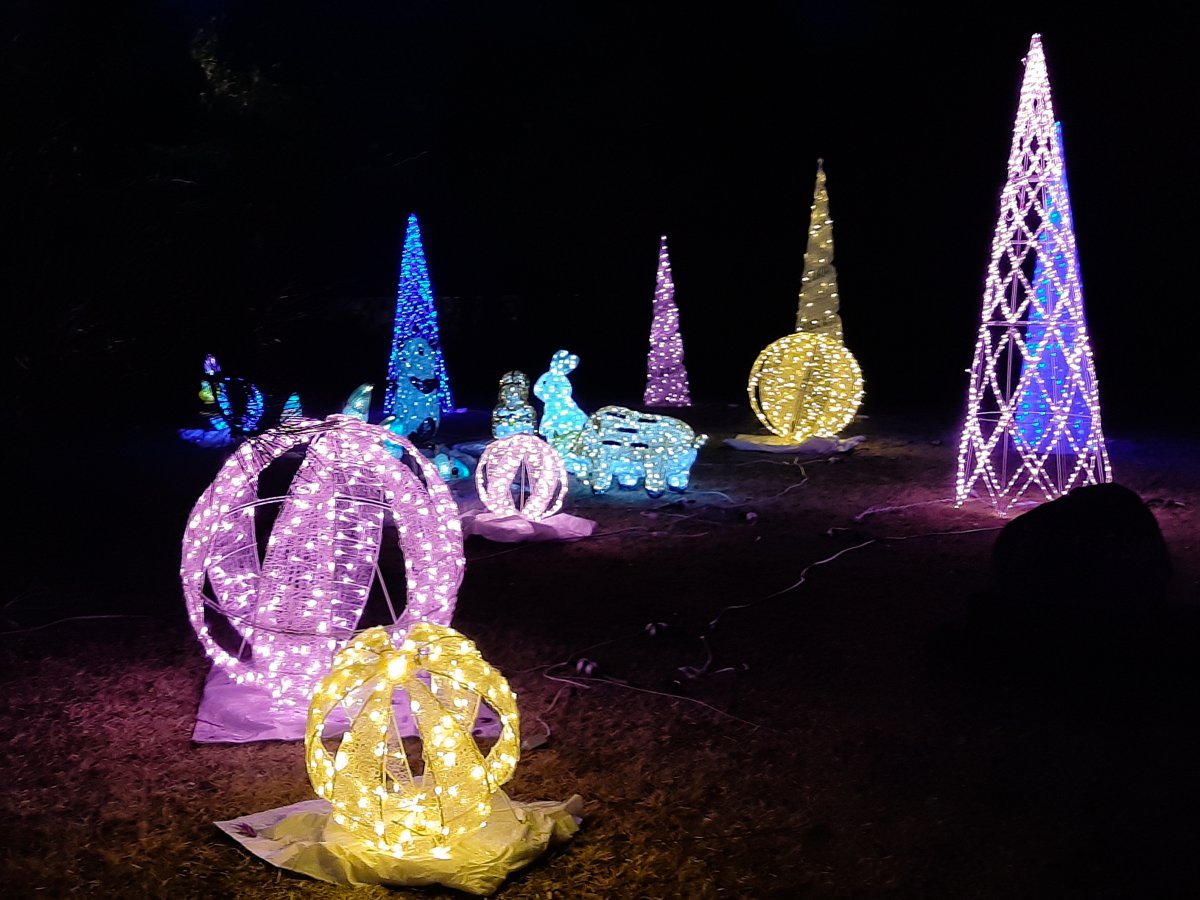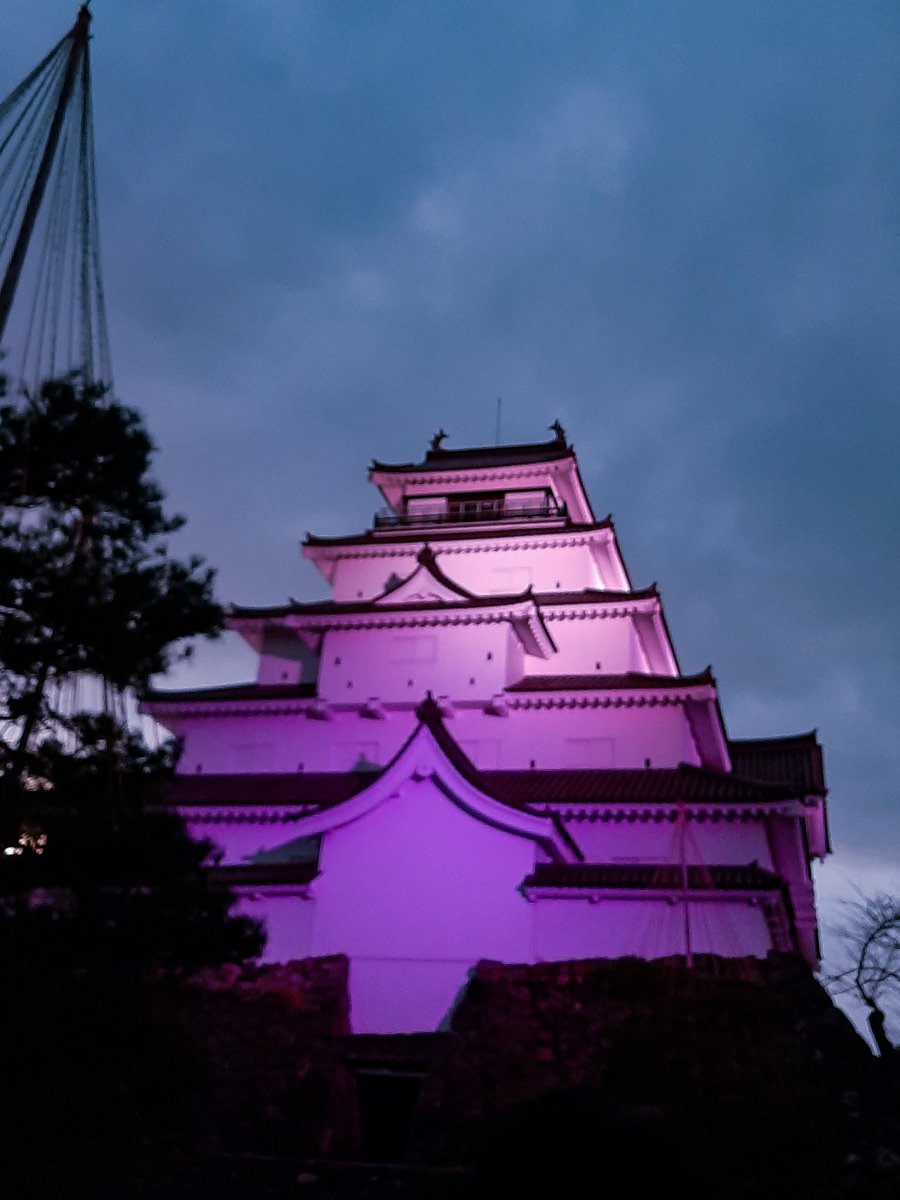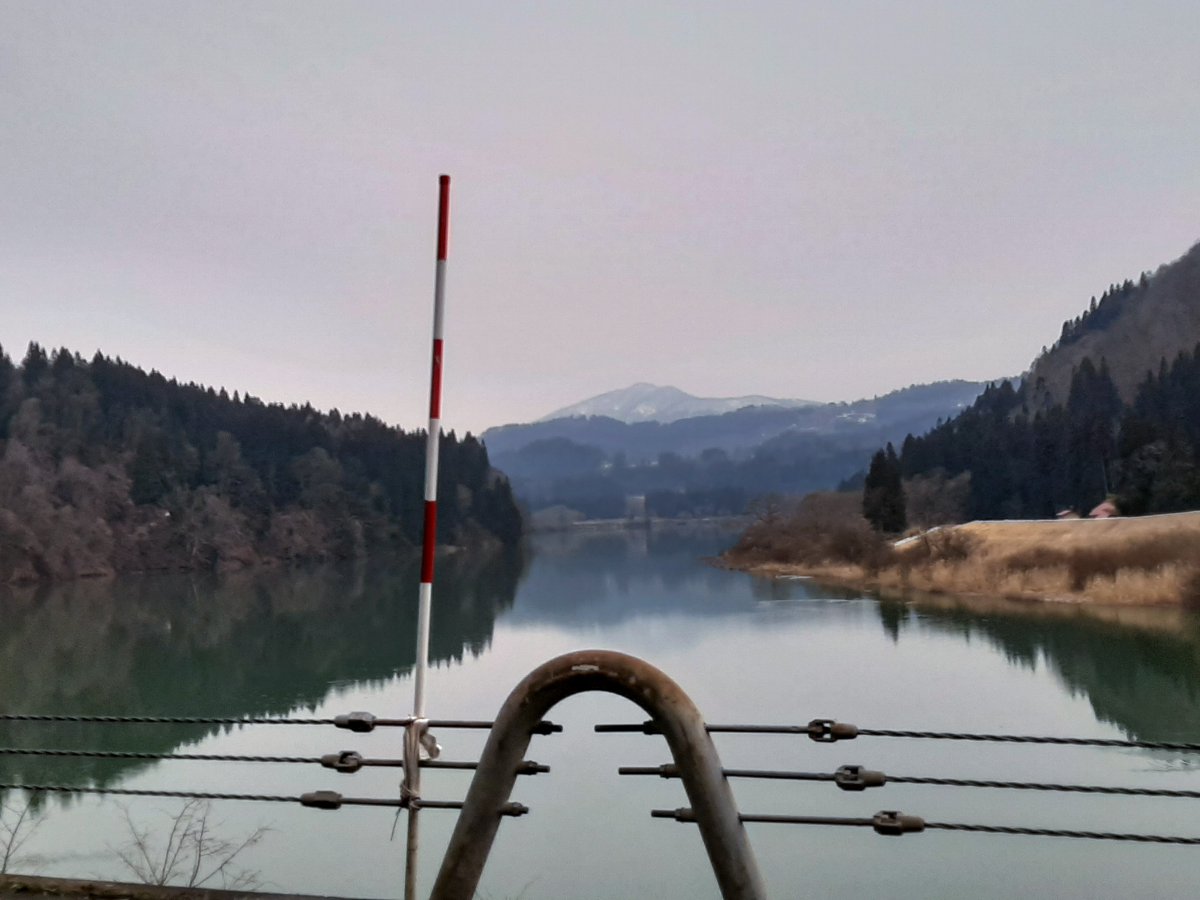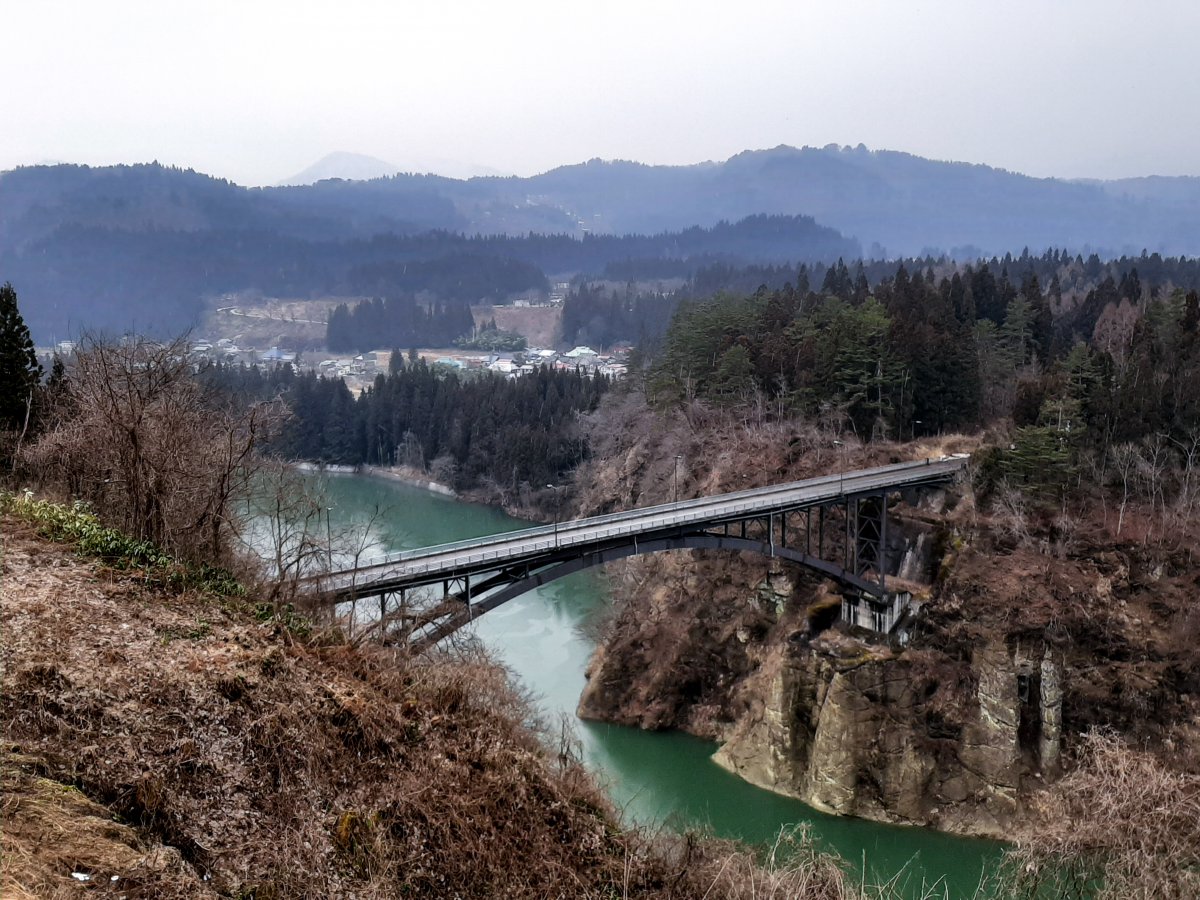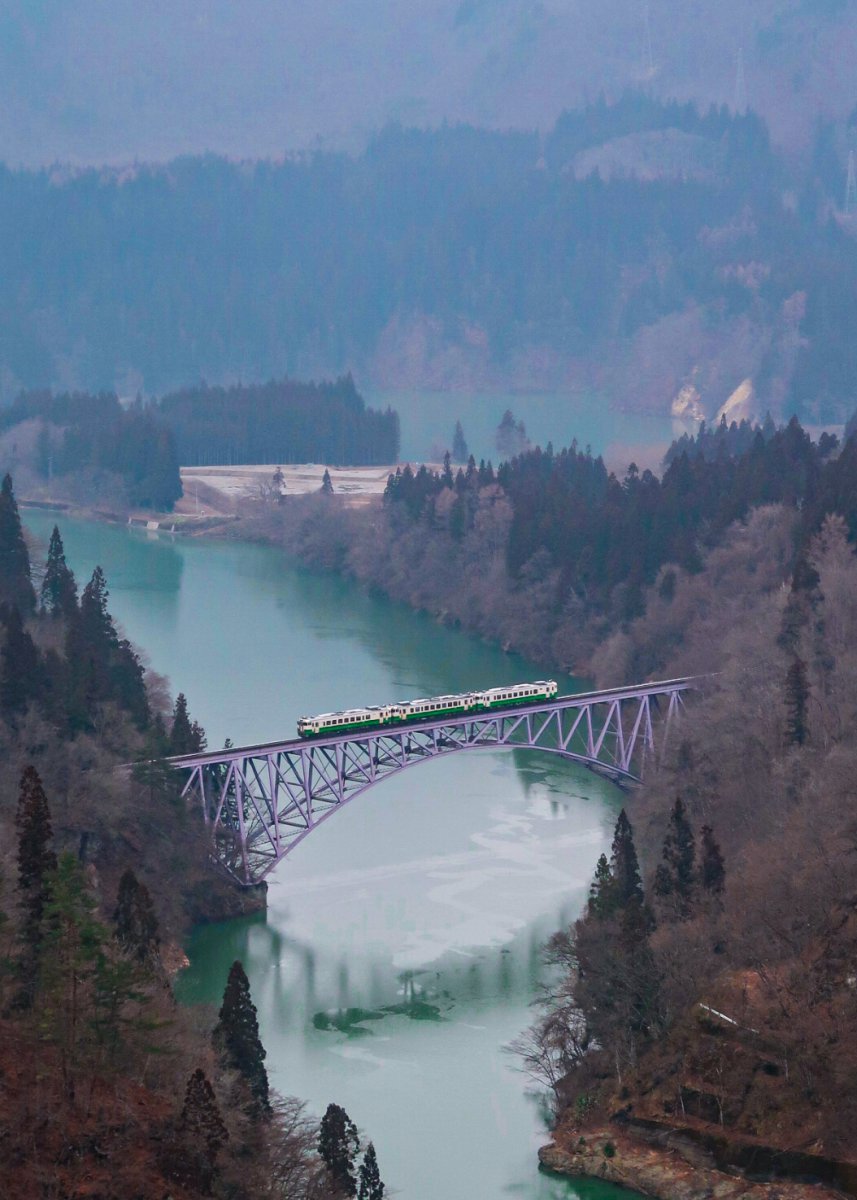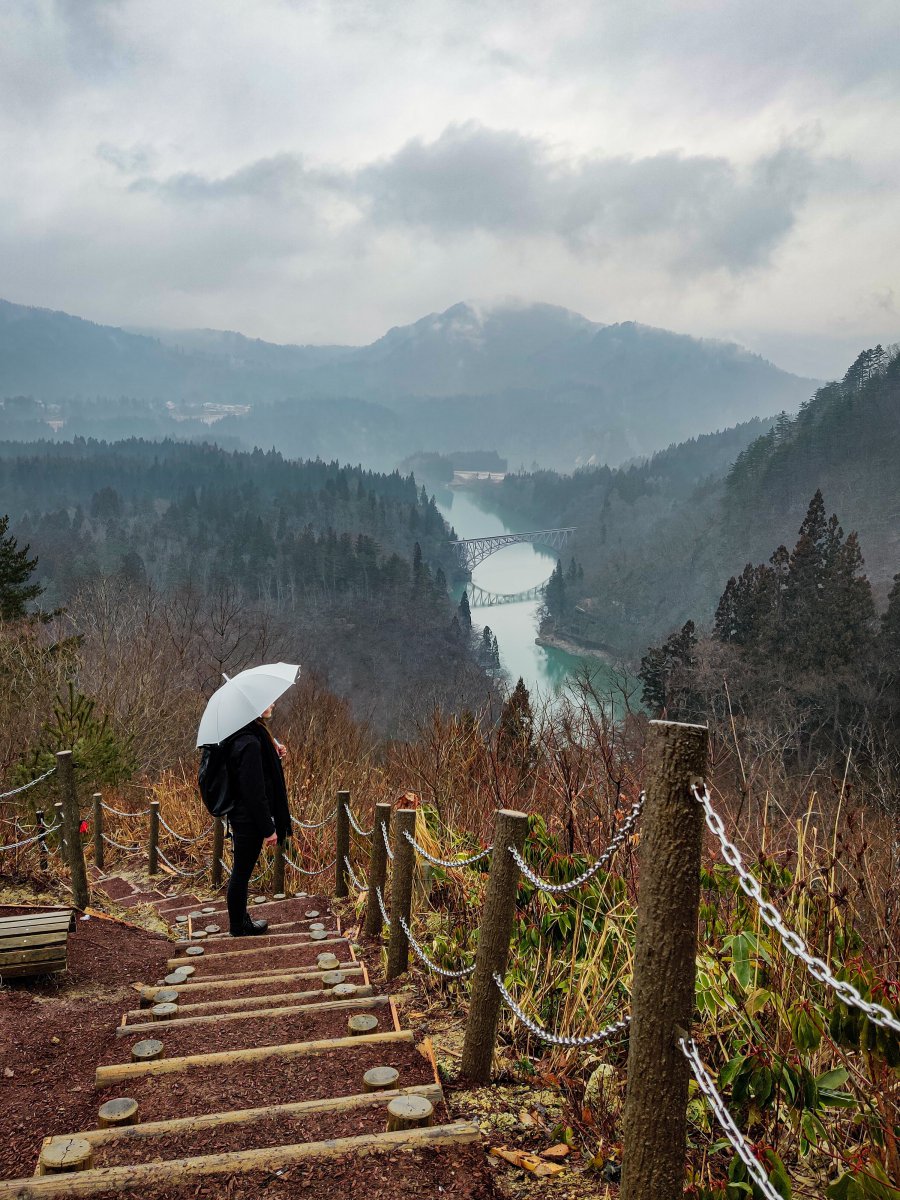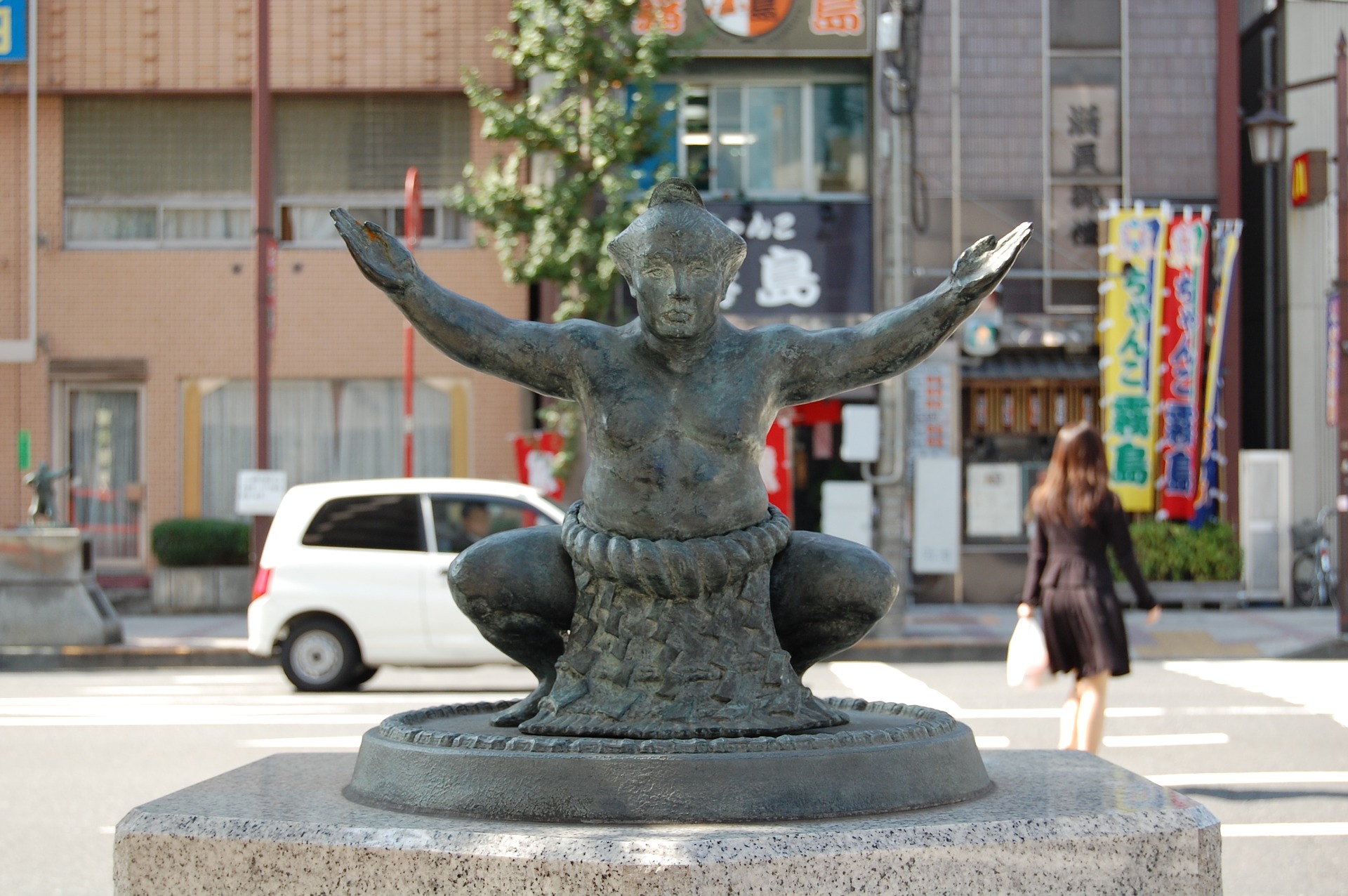In 2020, Japan Wonder Travel was given a project by the Ministry of Economy, Trade and Industry (METI) to promote 14 selected prefectures that have been affected by typhoons. We offered 20 internationals living in Japan, the opportunity to travel to several destinations and share their experiences while travelling and also after.
Kevin – Tohoku
Hello there Wonder Travelers! My name is Kevin and I’m a Filipino engineer, traveler, writer and influencer. I have travelled a total of 28 prefectures in Japan. I am in-love with the Japanese culture, beautiful people, and gorgeous landscapes. I’m in constant seek of Japan’s hidden treasures, far from the normal touristy areas. In this blog, I’ll take you to the most underrated region in the whole of Japan – Tohoku region.
Having traveled around a big portion of this beautiful country, I realized that the best places to experience the Japanese culture are the places that you can barely hear of. It is the off-beaten paths that I experience the most. So, when I was given this opportunity by Japan Wonder Travel to explore 2 prefectures in Tohoku region and share my experience with a bigger audience, I was ecstatic. There’s nothing more exciting than discovering beautiful destinations and sharing them with to people. Now, let’s get into it!
Day 1: Iwate Prefecture – Morioka and Jodogahama Park
I started my trip in Tokyo Station where I’m supposed to get on a 2h20min bullet train ride to Morioka in Iwate, the second biggest prefecture in Japan. Bullet train or Shinkansen rides in Japan are very convenient and comfortable. I grabbed a bento box in Tokyo Station so I culd have my breakfast on the train.
Without hesitation, I immediately bought this Bullet Train bento after seeing it it. How could I not? Not only was it good, I think it’s a really cool souvenir since the shinkansen bento box can be reused as your personal bento box!
Morioka – The River Town
I arrived in the capital city of Iwate prefecture to grab my lunch and to transfer to another local train, bound for my main destination of the day. The town is famous for spring cherry blossoms, but walking around off-season is still an unique experience. It’s a peaceful town surrounded by mountains and couples of rivers.
The best thing about Morioka is their food! I tried one of the city’s Three Great Noodles. Imagine a noodle originated in Korea, but flourished by the Japanese culture – now that’s Reimen! Reimen is a type of cold noodles that originated in Pyongyang, but made special by Morioka’s spicy flavors!
Morioka Reimen is definitely the highlight of this town. Don’t forget to put it in your Tohoku to-do list!
Jodogahama Beach – A Place of Scenic Beauty
I hopped on the local train that should take me on a 2-hour scenic ride to the town of Miyako. As soon as I arrived in Jodogahama Beach, its beauty captured me. It’s hard to believe that tourists don’t frequent such a nice place like this. Being located on the east coast, the beach was severely damaged by the Great 2011 Tohoku Earthquake and the subsequent tsunami. But the recovery efforts were done so quickly, now it is considered as one of the best 100 beaches in Japan.
I spent my last hours of daylight in the beach, watching the darkness takeover. The skies went crazy with different colors, making the sunset experience in the beach wonderful. If I can go back to Jodogahama Beach every day for sunset and sunrise, I will definitely do so!
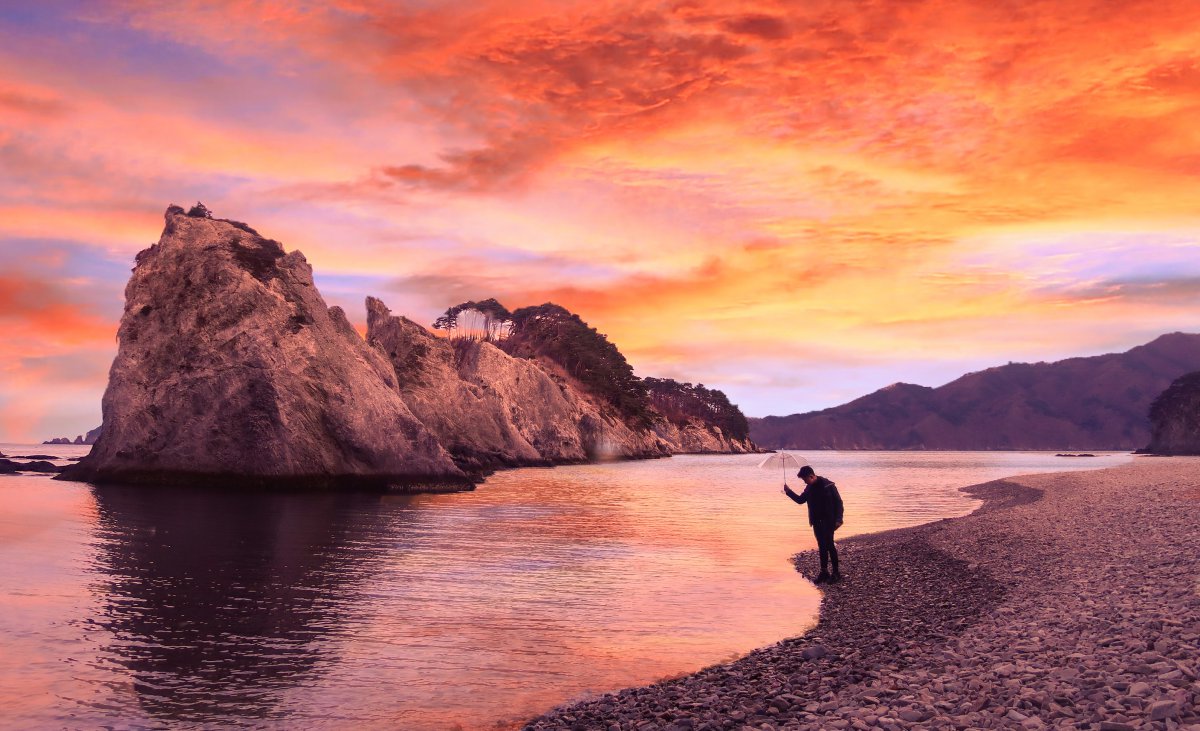
Jodogahama Park Hotel – A Night of Luxury
Situated right next to the beach, facing the coast is where Japan Wonder Travel booked my hotel for the night. Jodogahama Park Hotel experience was easily my best hotel experience ever in Japan! I stayed in a traditional Japanese room with a tatami-covered floor. Tatami is a rush covered straw mat normally used in old Japanese houses. But the best thing about the room is the ocean-view in the massive glass windows.
I have been to a lot of dinner buffets in Japan, but Jodogahama Park Hotel was hard to top! I tried a lot of cuisines that I hadn’t tried in Japan before. Breakfast and dinner were equally good and definitely worth adding to your booking!
What actually won my heart is the hotel outdoor onsen/hot spring with the view of the Pacific Ocean. The nice hot water you feel in your body and the cold breeze from the ocean in combination with the scenic view made this hotel experience memorable.
Day 2: Iwata Prefecture – Miyako and Kamaishi Town
The second day is dedicated to walking around the towns that were previously affected by the 2011 tsunami. I woke up early to see the sunrise one more time in the beach, ate my breakfast and soak one last time in the onsen before checking out of the hotel.
Miyako Town
Miyako Town is among the northernmost cities that were greatly damaged by the March 2011 tsunami in Tohoku region. Walking around the town almost 9 years after the natural disaster, I can barely see its effects. Miyako has totally recovered and is now on its way to becoming a prime destination in Iwate Prefecture, with the Jodogahama Park.
Like any cities, Miyako has its own famous Ramen shop. Tarafuku Ramen can’t be missed if ever you find yourself in Miyako. It is served in a really small ramen shop so I had to wait for a few minutes on a queue outside the restaurant to get served. They use a different type of noodles which I think is a good break from the usual ramen noodles.
After finishing my meal, I took the train and bus to the next town in my destination list – Kamaishi
Kamaishi Town – The Miracle Town
Another town in the coast of Iwate, Kamaishi was also hit by the Great 2011 Tohoku Earthquake and the tsunami. A story of miracle and hope keeps the people of Kamaishi from recovering swiftly in the 2011 disaster. Immediately after the 9.0 magnitude earthquake hit, the students and teachers of Kamaishi East Junior Highschool ran to a higher ground, prompting the students and teachers of the nearby Unosumai Elementary School to do the same. Local residents joined the run as they see them. Older students helping the younger students and as they reached the safe point, behind them was the enormous tsunami, swallowing their schools and parts of the town. Around 1,000 residents lost their lives in the incident, but all 3,000 students in the schools were saved and it was regarded as The Miracle of Kamaishi.
Now, it is already hard to tell that the town was once swiped by a big wave. The town has recovered and its beauty and peace was already restored.
Kamaishi also has the their own flavor, reflected to their own Kamaishi Ramen. I waited for 30 minutes outside the restaurant to get inside and finally order my dinner for the night.
Iwate prefecture is more than just the scenic views, delicious food and beautiful towns, it is a place of hope and recovery, and home of strong inspiring people.
Day 3: Fukushima Prefecture – Aizu Wakamatsu
Third day was going to be a long distance travel day. From the second biggest prefecture in Japan, I’m traveling south of Tohoku to Japan’s third biggest prefecture – Fukushima. I had been to Fukushima two times before, but it was never enough to see all the cool off-beaten paths in the prefecture. I left my hotel with excitement obviously painted in my face and hopped on the train.
Aizu Wakamatsu – Historical Town
The samurai town as they like to call it, Aizu Wakamatsu is a town with unknown beauty. I arrived in Aizu Wakamatsu Station late in the afternoon and took a bus directly to Iimoriyama.
Sitting in Mt. Iimori is a pagoda-like temple that resembles a sea-snail. Its unique architecture is nothing that I’ve ever seen in Japan. It was already too late for me to enter the temple but it was still very interesting seeing it from the outside. I had a good time just walking around the temple, enjoying my most rewarding lone time after a very long train ride.
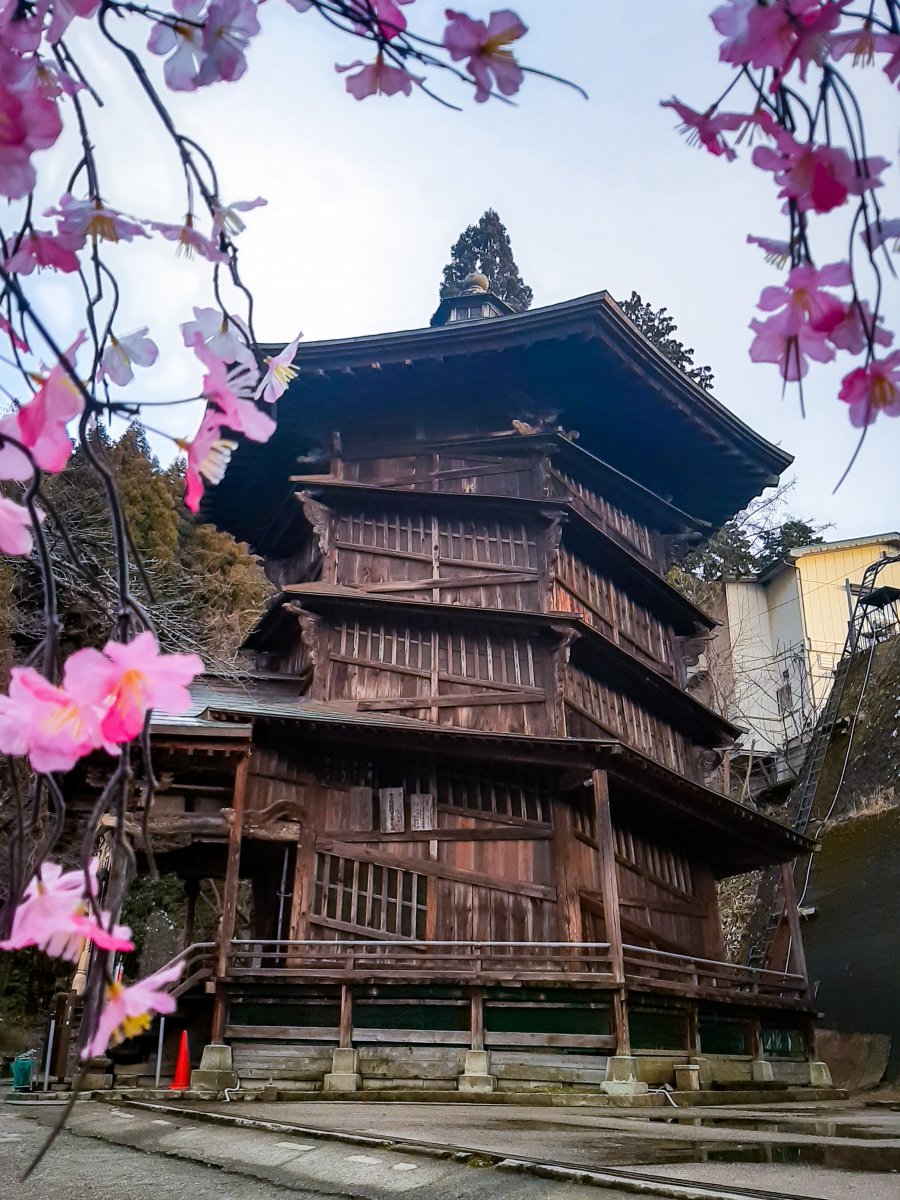
Not too far from the temple, just a few-minute bus ride is Tsuruga Castle. The castle survived the brutal one-month long Boshin Civil War in Japan, making it the symbol of the samurai city, Aizu.
Some locals talked to me and and told me that I arrived just at the right time. Winter Illumination would start in a few minutes. They showed me some videos of the illumination to let me know how it would look like. Soon, the sun went down and the lights came on. I walked around seeing the castle made beautiful by the purple light illuminating it and the different colours around the park. There weren’t that much people which made me experience it in a whole other level.
I ended my third day in Fukushima with people I met while traveling the town. I will remember Aizu Wakamatsu not only as a town with beautiful history, but also a town with people of good souls.
Day 4: Fukushima Prefecture – Tadami River
This is finally the day I’ve been so excited about this trip. Ever since I saw a photo of a certain bridge in Tadami river in Fukushima, I’ve been wanting to go and see it with my own eyes. I woke up just in time for me to eat breakfast in the hotel, get ready, and walk to the station to catch the first train to Tadami.
Tadami River – A Generous Heart
My first destination was a small town along Tadami River in Aizu-Kawaguchi station. I wanted to visit a certain spot in the area. While on the train, I got into a really good conversation with an old Japanese guy; curious of why was visiting the area. As soon as we got out of the train station in Aizu-Kawaguchi, he offered to take me around the river in his car. After hitchhiking a total of 104 cars in Japan, I knew how safe getting in a stranger car is in this country! It was so cool to see some spots in the area which you will not be able to see if you’re not in a car.
My new Japanese friend then took me to the No.1 Tadami River Bridge Viewpoint where he bid his goodbye. He recommended me to try the local Chicken Karaage in the restaurant and I never regretted getting it! It was definitely the best fried chicken I ate in Japan.
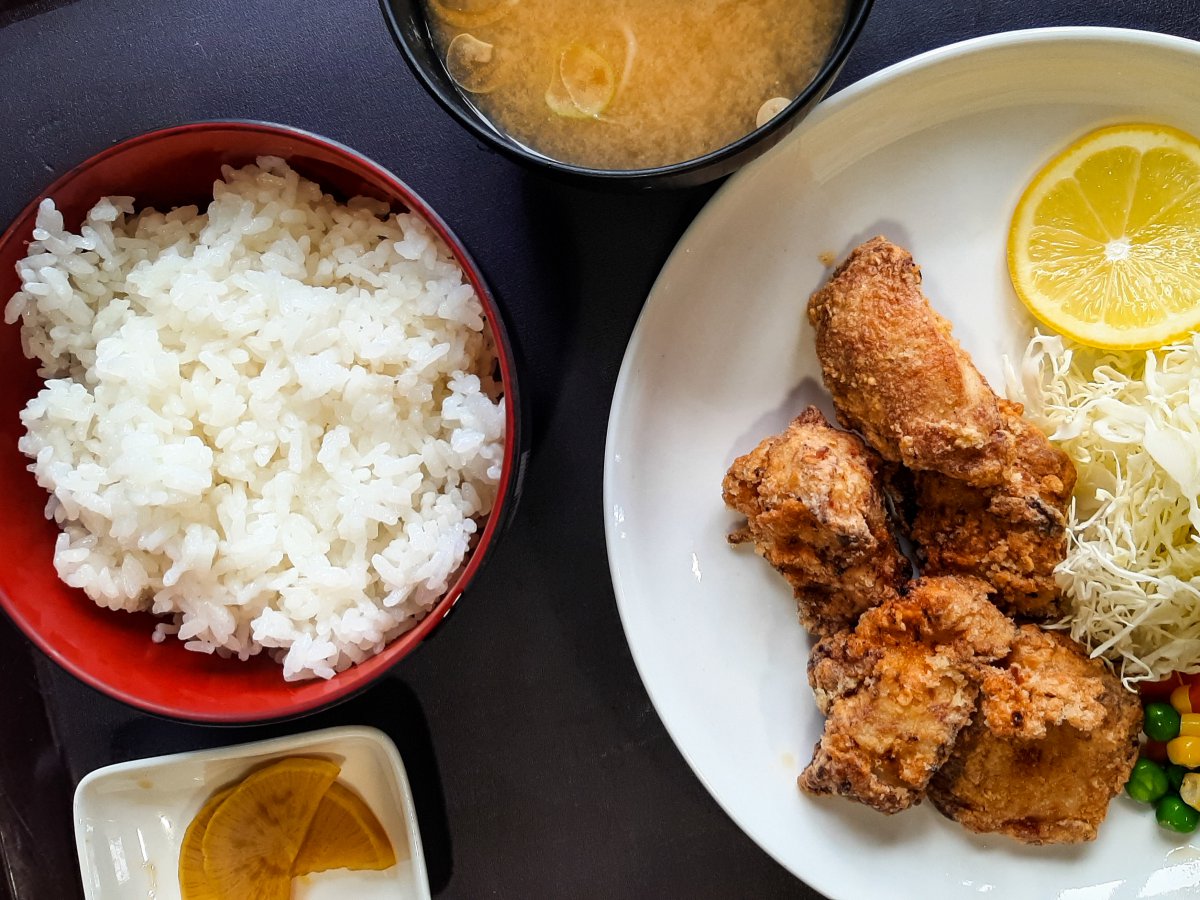
After eating, I made the short hike to the viewpoint right before the train passes through the bridge. After I got into the highest part of the viewpoint and saw the view of the bridge, I ran out of breath. Not because of the hardness of the hike but because of the beauty of the scenery I couldn’t believe my eyes. I had to wait for several minutes in the rain to see the train pass through but everything was worth it when we saw the it making its way slowly to the other side of the river.
I strolled around the river while waiting for my train to go back to Aizu Wakamatsu, and then all the way back to Tokyo.
Reflecting on the past 4 days of traveling Tohoku region, to discover its hidden treasures, I realised I found the region’s real treasure more important than the scenic beauty. The region’s real treasures are their people. With the people’s joint effort in rebuilding the community after the natural disasters, they made their prefecture more than just a beautiful place. Tohoku region and its people is an inspiration to the world that however hard life puts us down, with hope, perseverance and joint efforts, we can make the world a better place.
Thank you for reading! Follow my journey into discovering more off-beaten tracks in Japan and the world on my instagram!

Hotels he stayed during the trip
We were very excited to work with Kevin-san, and all the other guests for this project, and will continue to do our best to promote the less known destinations as much as we can. Keep an eye on our Facebookpage and Instagram to find another project with us.
And of course, if you need any help to find hidden gems in Japan, Japan Wonder Travel will happily help you out.
Happy travelling!
